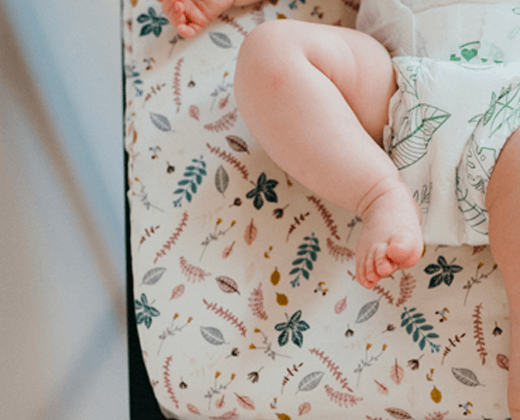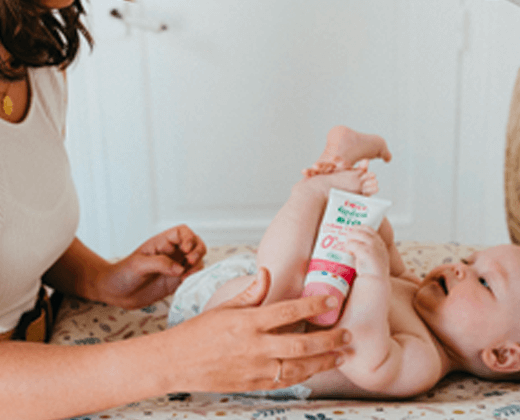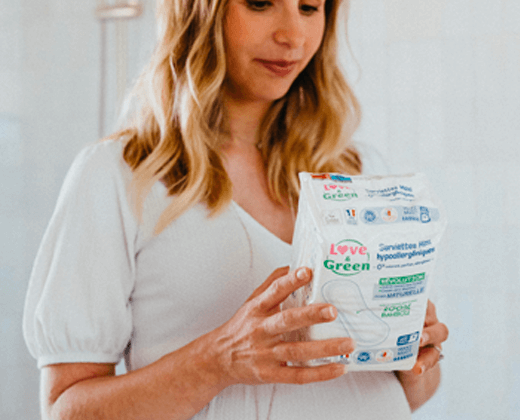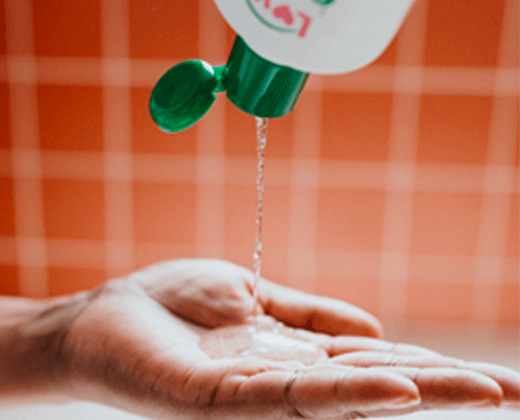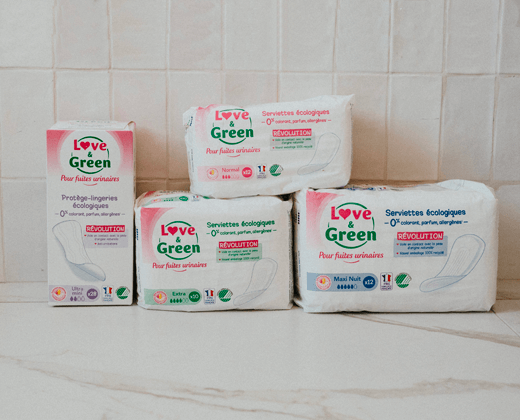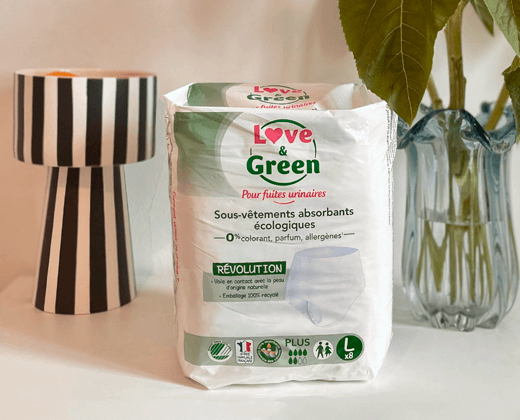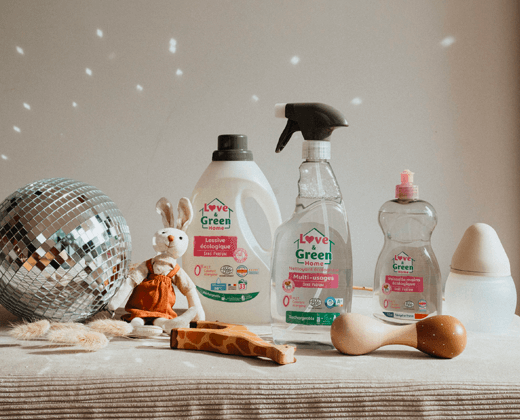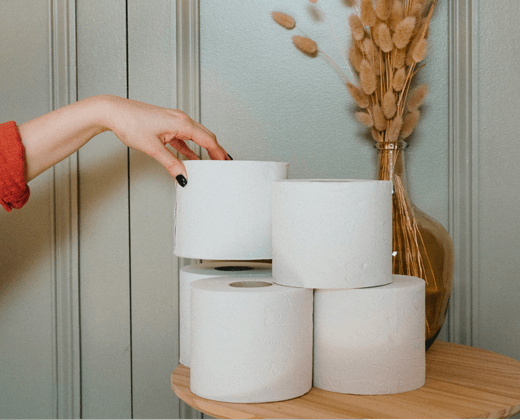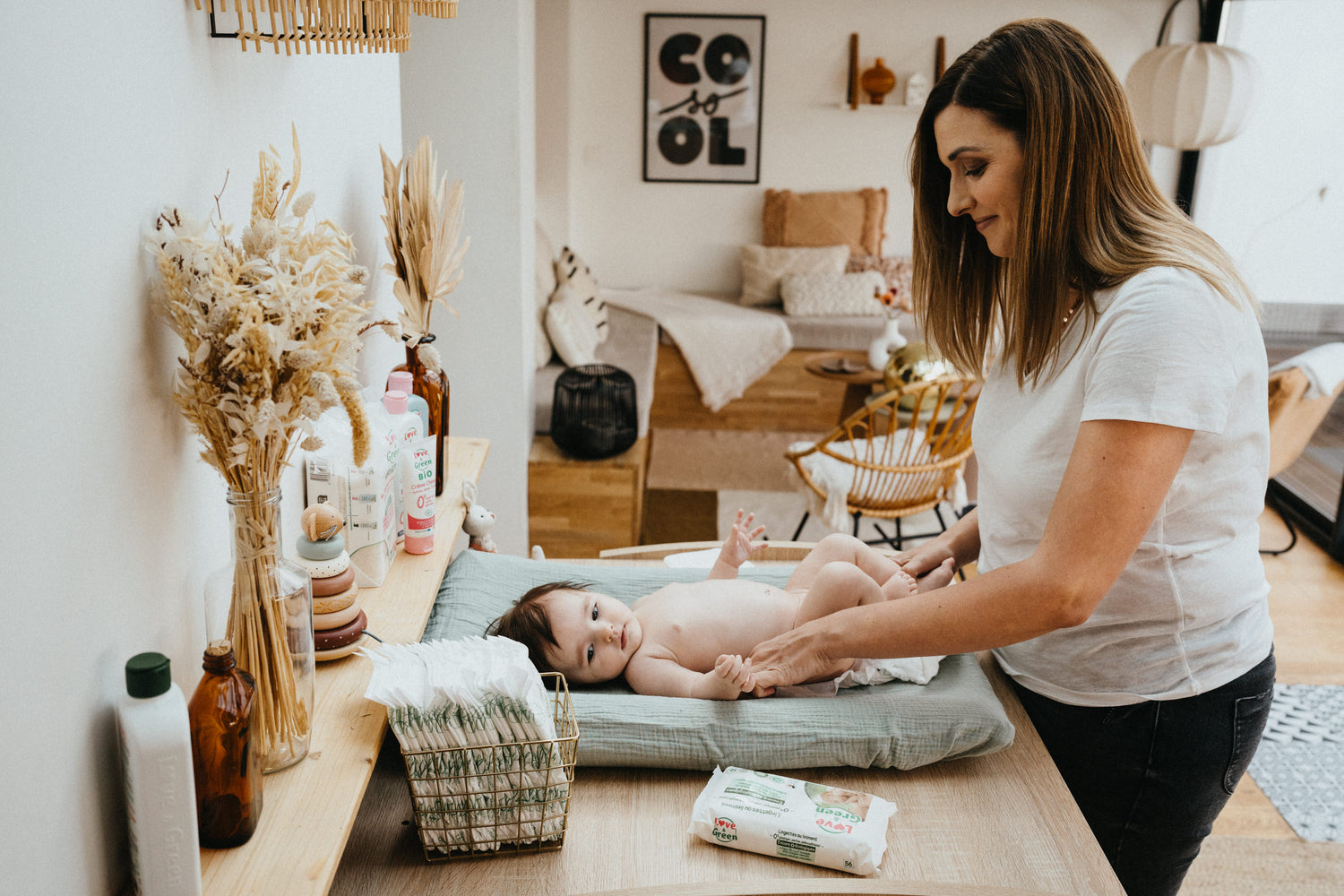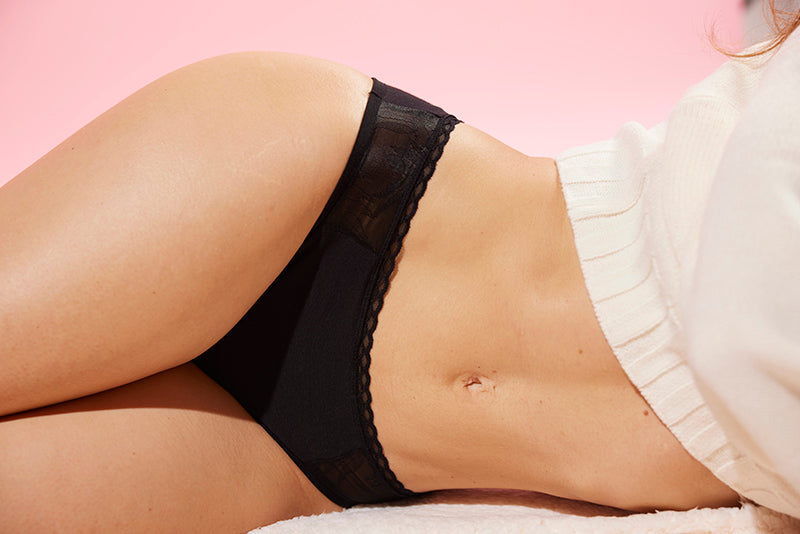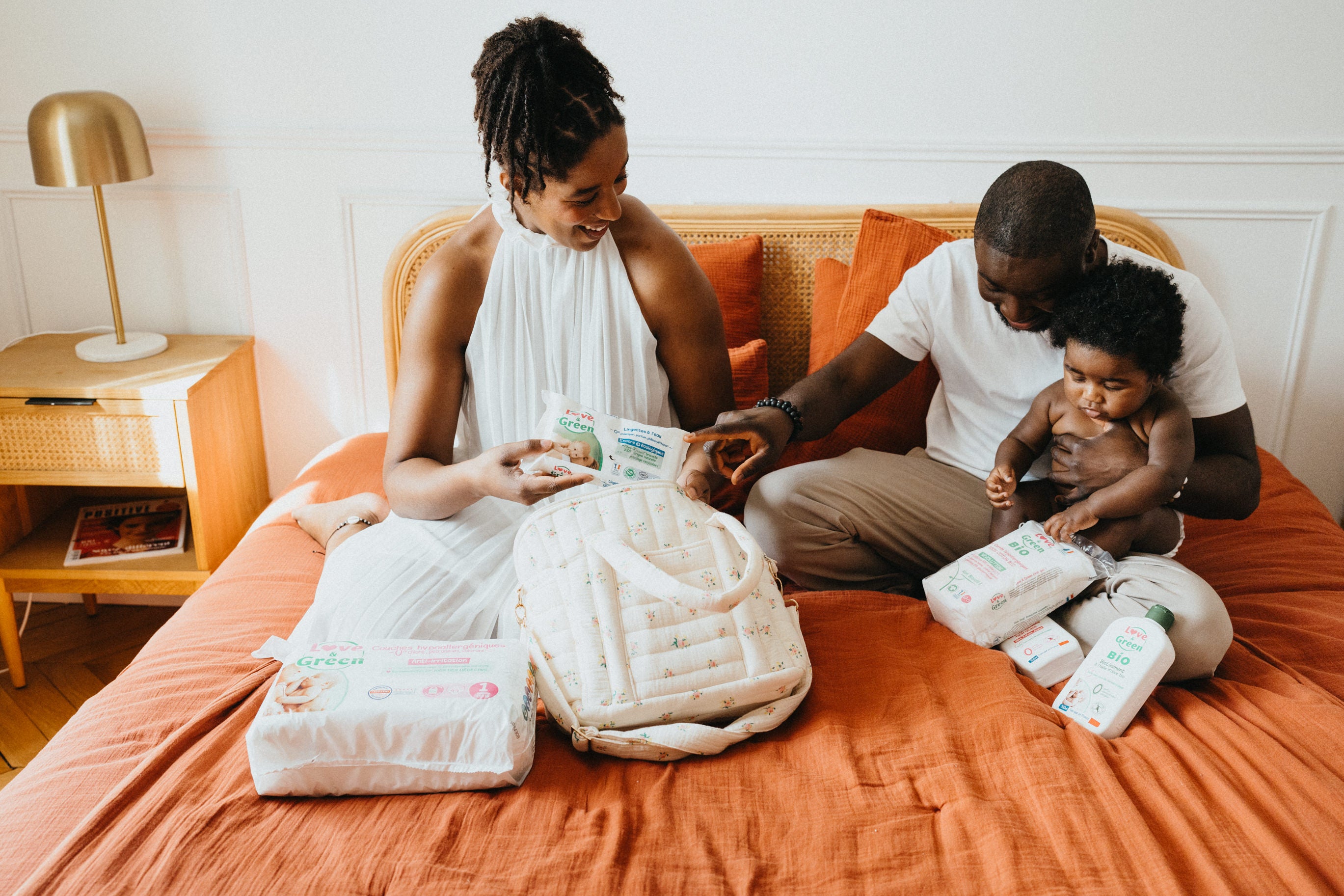Grounds or siege dermatitis is a common skin condition in infants and young children. It manifests itself by redness, irritation and sometimes itching on the skin of the buttocks and surrounding areas. Although it is generally benign, it can cause discomfort and pain to your little one. You are told more in this article with Doctor Elodie Leon, general practitioner.
What is a gluteal erythema?
A gluteal erythema is an irritation of the skin caused by several factors, including humidity, friction, infections, Following the taking of antibiotics which unbalance the skin flora and then irritating products such as certain cosmetic products, detergents, softening to wash the washable layers or certain disposable layers. It is often manifested by redness or papules (buttons) on the buttocks, thighs and genital areas in the shape of W. Babies who wear layers are particularly likely to develop gluteal erythema due to heat and humidity retained by the layer.
Advice to prevent gluteal erythema
-
Frequently change the diapers :
Change your baby's layer as soon as it is dirty or wet. Prolonged contact with urine or stool increases the risk of irritation. For infants, a layer change every 2 to 3 hours is generally recommended.
-
Gently clean :
Use lukewarm water and a mild soap neutral to clean your baby's skin during layer changes with a soft glove cleaned at 60 ° after each change and then rinse, cotton squares (be careful to remove the remaining stuffed animals on the skin), compresses or even certain wipes ready for use without physiological perfume. Avoid flavored or alcoholic wipes, which can irritate the skin. Gently tap the skin with a clean towel to dry it, without rubbing or drying with a hair dryer. Remember to wash your hands before and after changing it.
-
Let the skin breathe :
Leave your baby without a layer for short periods every day to allow your skin to breathe. This helps reduce humidity and promotes skin healing.
-
Choose suitable layers :
Opt for layers that absorb moisture well and are designed to minimize friction. THE layers with a veil in contact with the skin of natural origin can also be more comfortable for your baby's skin. Be sure to choose the right layer size and do not tighten it too much. If repeated redness, it can be a sign of bad tolerance or allergy to the components of the layer so you have to try another brand.
-
Watch the diet :
Food changes can influence your baby's stool consistency. If you introduce solid foods, observe if certain foods cause irritation. The more acidic stool can increase the risk of gluteal erythema.
-
Pay particular attention to infections :
Fungal infections, like those caused by the fungus Candidates, can develop in the event of a buttock erythema. If you notice red plates with inflamed edges, if extension elsewhere than on the contact areas of the layer (at the folds) therefore rather in the shape of Y, if pain, oozing, purulent lesions, erosions or detachment of the skin, consult a pediatrician. Erythemes can also be symptomatic of a staphylococcal or streptococcus infection infection. Early treatment can prevent complications.
-
Choose suitable clothes :
Dress your baby with cotton clothes that let air pass. Avoid tight clothes that could hold moisture and cause irritation.
-
Monitor general hygiene :
Keep the areas around the clean and dry layer. Regular and delicate cleaning can help prevent the accumulation of dirt and humidity, thereby reducing the risk of irritation.
What to do in the event of a buttock erythema?
If your baby develops a gluteal erythema despite all the precautions, here are some tips:- Continue to change the diapers frequently And clean the area carefully.
- Apply a cream against gluteal erythema.
- Avoid irritating products And let the skin breathe as much as possible.
- Consult a doctor If the gluteal erythema persists for several days or if it is accompanied by signs of infection, such as sharp redness, blisters, purulent lesions or fever.
Article co-written with Doctor Elodie Leon, general practitioner.

